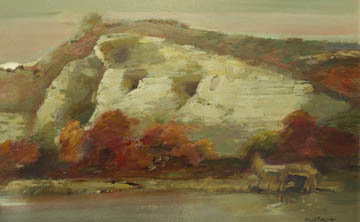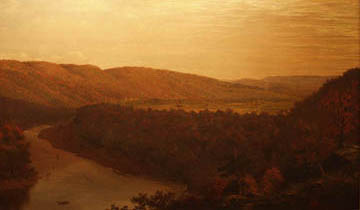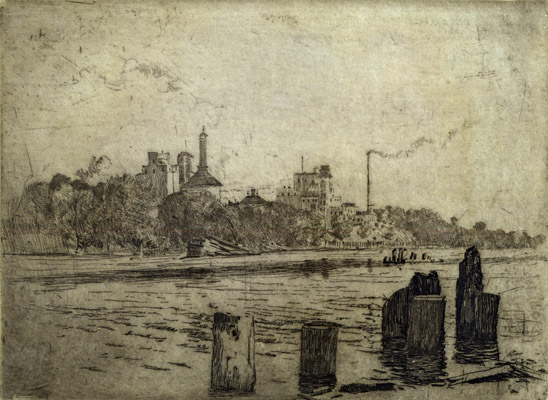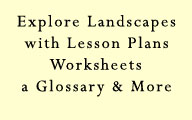

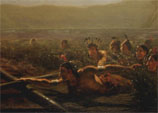
Artists who lived and worked in St. Louis have explored
the landscape from a variety of viewpoints. Those who came to the city
in the mid-19th century found a ready market for their works among local
collectors. Landscape painters remained influential in the
city’s and the nation’s cultural development when they were
among the founders of the Saint Louis Artists’ Guild, the Taos School
and the Society of Western Artists.
These artists and their role in depicting St. Louis’ local and regional
landscapes as well as those of the American West are explored in the five
thematic sections of this exhibition: Early
Explorations investigates the artist as explorer;
New Visions presents the
artists’ changing interpretations of the landscape; Rural
Life reveals the beauty of the countryside; Urban
Views explores the artists’ fascination with the
city; Landscape as History documents
landscape's ability to record the life of a nation and its people.
